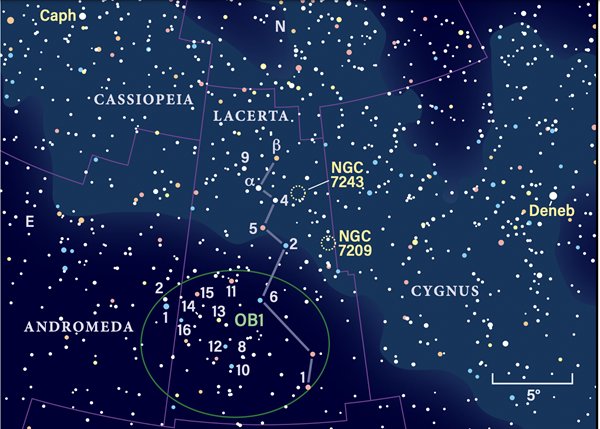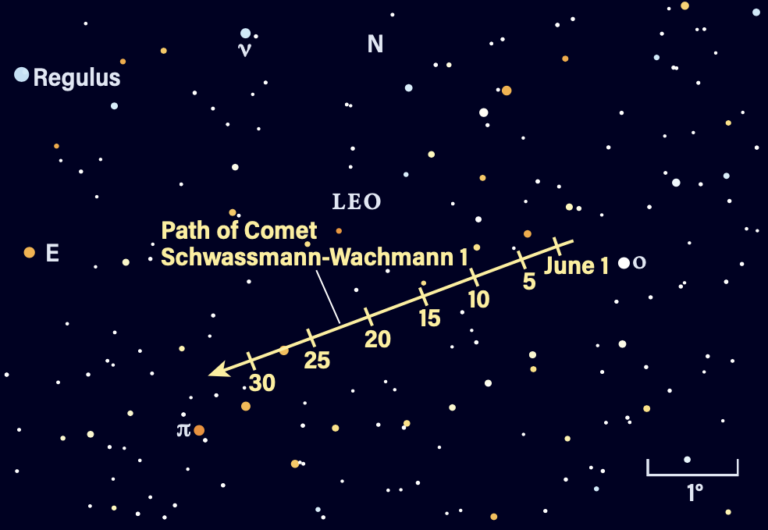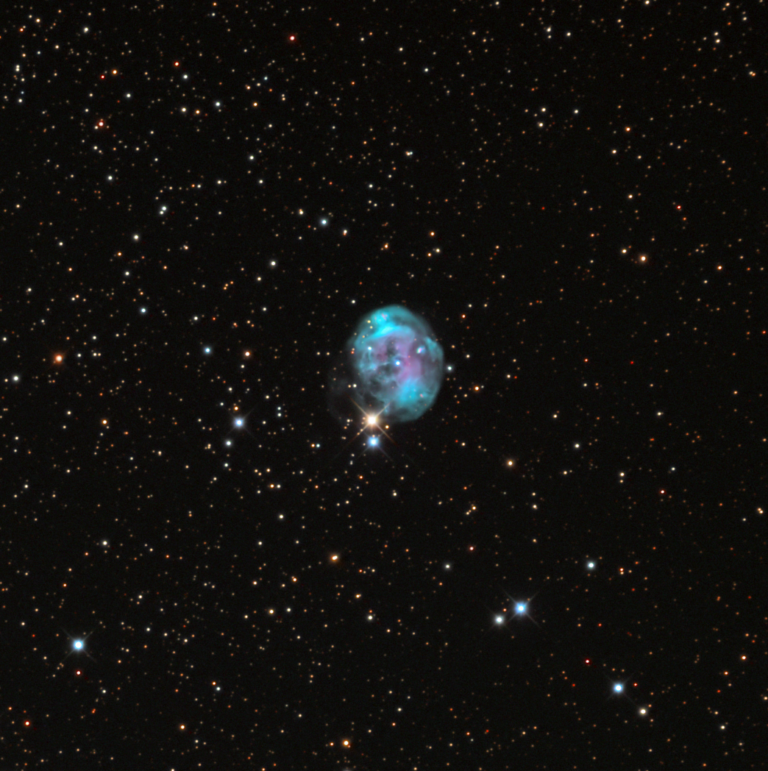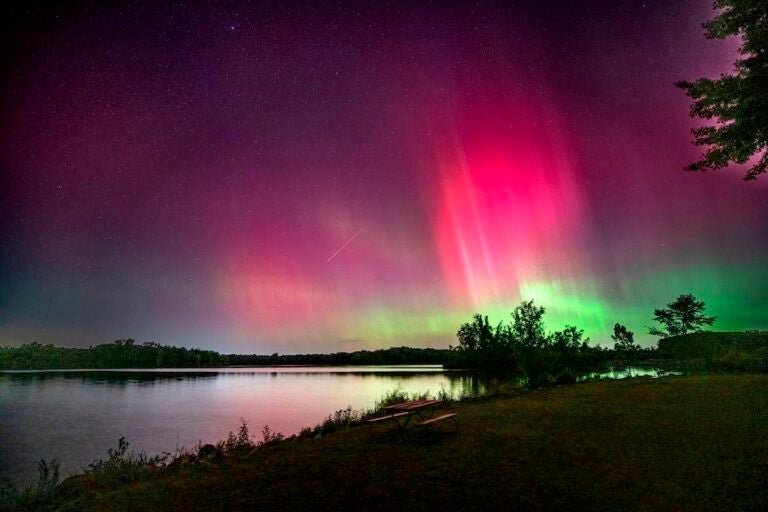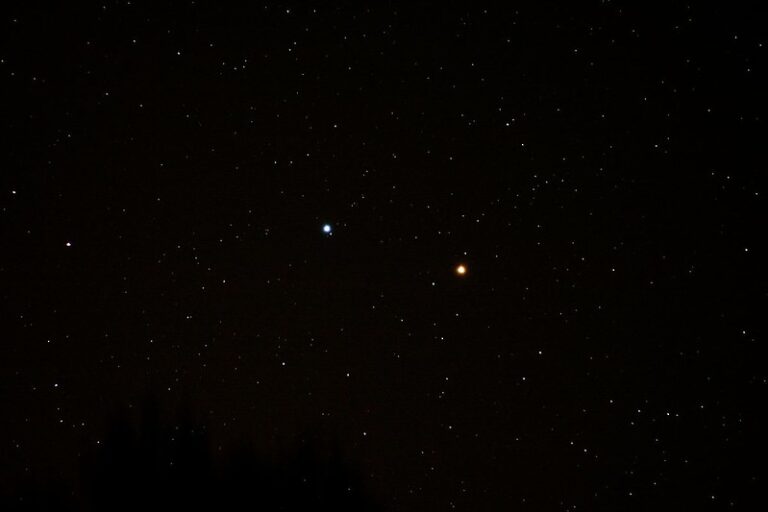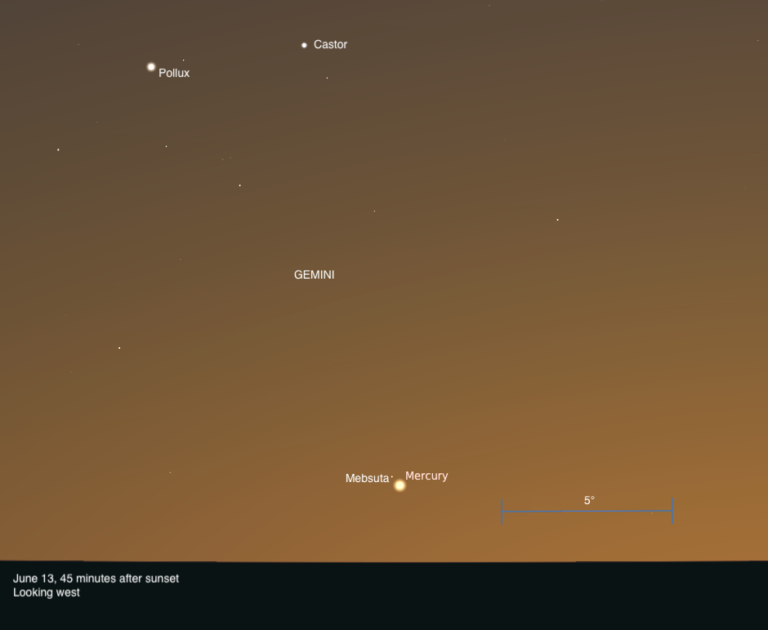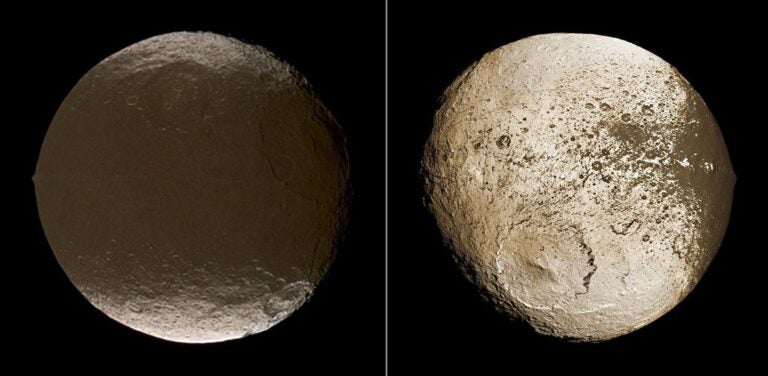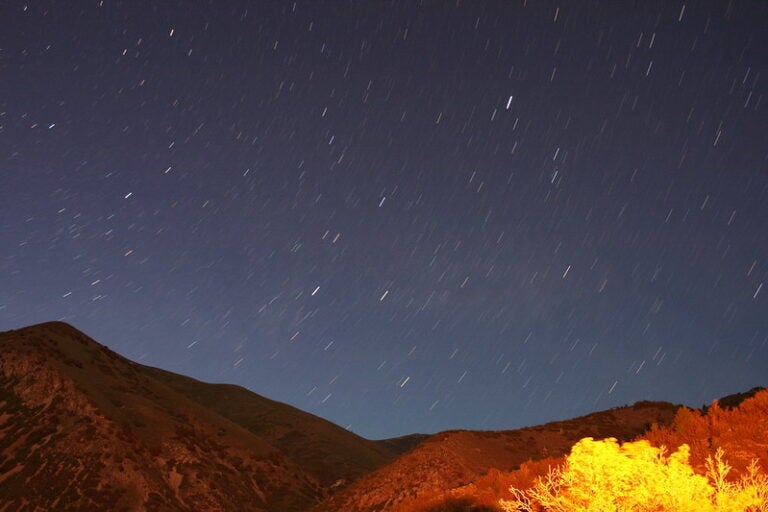This month, the sky slowly begins to transition away from the summer stars to those of autumn. As it does, the arch of the Milky Way sweeps across the zenith down toward the northeast, curving through Cygnus on its way toward Cassiopeia. In between those two familiar constellations, the galactic plane passes through a barren zone lacking in bright stars. That’s where we find the faint constellation Lacerta the Lizard.
As they were creating many of the early constellations, our ancestors ignored this area in favor of more obvious patterns. The Lizard didn’t pop onto the scene until 1687, when 17th-century Polish astronomer Johannes Hevelius defined the constellation.
You will need dark skies to make out the Lizard’s thin body, since the constellation’s brightest star, Alpha (α) Lacertae, shines at only magnitude 3.8. The rest of the Lizard’s sinuous form comprises stars between 4th and 5th magnitude.
Lacerta also hosts a pair of open star clusters visible through binoculars, often missed because finding them can be a challenge. But with a little effort, we can coax them out of hiding.
We can use Alpha Lac as our jumping-off point. To get there, imagine a line connecting Deneb (Alpha Cygni) and Caph (Beta [β] Cassiopeiae), the western point in Cassiopeia’s familiar W-pattern. Alpha Lac lies just south of the halfway point between the two. Alpha lies off-center in a stellar diamond formed by fainter Beta, 4, 5, and 9 Lacertae. The diamond fits neatly into the field of my 10×50 binoculars.
The diamond’s southern facet, 5 Lacertae, is a spectral type M subgiant. It adds a colorful ruddy hue to the otherwise white diamond. Studies show that 5 Lac is a spectroscopic binary, with a type A white companion orbiting it once in 42 years.
Open cluster NGC 7243 is just 1.5° — the equivalent of three Full Moons stacked end to end — west of 4 Lacertae, the diamond’s western facet. You’ll first see it as a faint fuzz suspended against a pretty Milky Way field. Look carefully after bracing your binoculars for support, and you will be able to resolve a few feeble points of light peeking out from the cluster. Through my 16x70s binoculars, the star count increases to 10. The remaining members in the cluster’s inventory of 40 lie below binocular limits.
Lacerta also hosts a second open cluster visible through binoculars. NGC 7209 is just inside the constellation’s shared border with Cygnus. To find it, glance southwest of 5 Lac to the blue-white 5th-magnitude star 2 Lacertae. NGC 7209 is 2° to its west and just south of an orange 6th-magnitude star, HD 209857. NGC 7209 is a full magnitude fainter than NGC 7243, so spotting it may require some extra effort. Although NGC 7209 is credited with containing nearly 100 stars, only a half-dozen are bright enough to be visible through my 16x70s.
If you follow the Lizard’s zigzaggy tail to its southern tip, you will come to a very pretty field of about 20 stars ranging in brightness from magnitudes 4.5 to 7, loosely gathered across 10°. These form the Lacerta OB1 stellar association. A stellar association is a collection of searing class O and B stars more loosely structured than an open cluster. While they share a common origin and travel through our galaxy in the same general direction, their mutual gravity is not strong enough to hold the group together for long. At a distance of less than 1,300 light-years, Lacerta OB1 is among the nearest OB associations to our solar system. In order of descending brightness, members of the group include 11, 10, and 12 Lacertae; 2 Andromedae; 16 Lacertae; 6 Lacertae; and 8 Lacertae A and B. Those last two form a tight binary system near the southern edge of the association. At least 11x will be needed to resolve the pair. I would be especially interested in hearing from readers who resolve 8 Lac.
I welcome your questions, comments, and suggestions for future topics. Contact me through my website, philharrington.net. Until next month, remember that two eyes are better than one.

